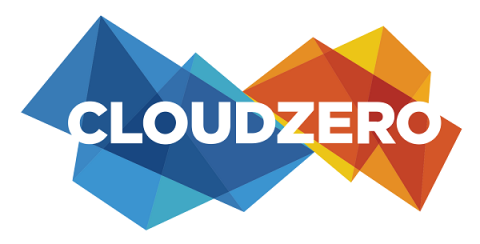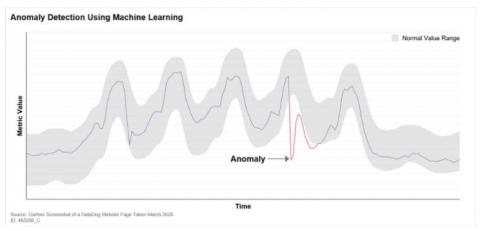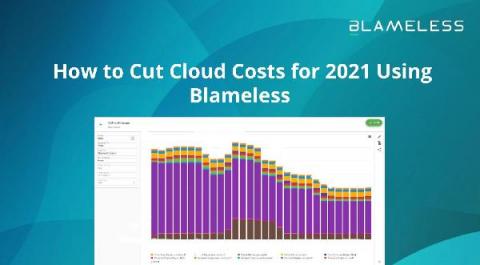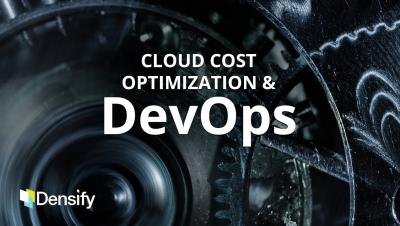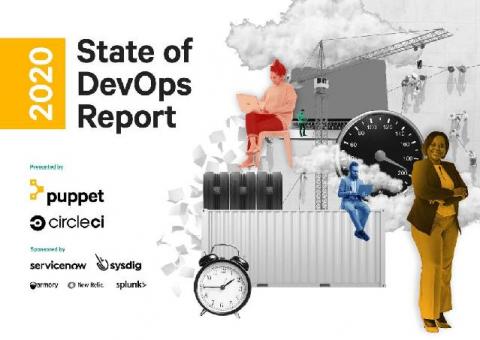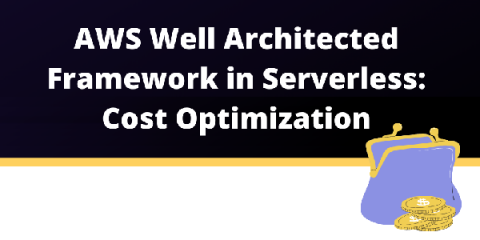3 Times CloudZero Helped Real Companies Take Action With Cloud Cost Intelligence
One of the many aspects of CloudZero’s cloud cost intelligence is anomaly detection. Unlike solutions which require you to set budgets or thresholds, CloudZero uses machine learning to automatically detect and alert on anomalies, then send them directly to dev team Slack channels where the responsible engineers can view and take action. Here are just a few examples of real customer anomalies, what caused them, and the action the customer took.


